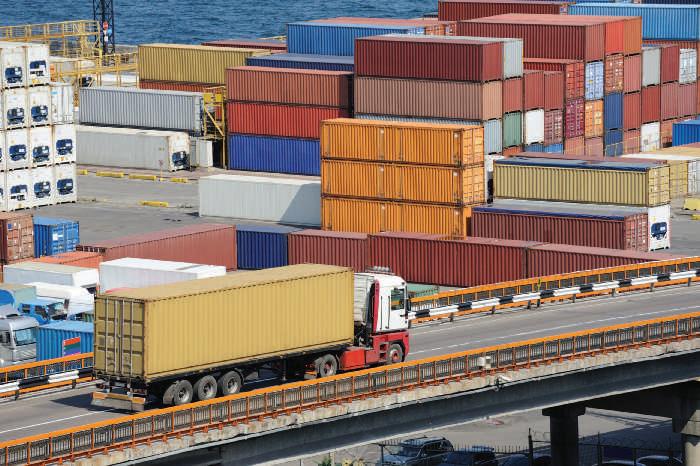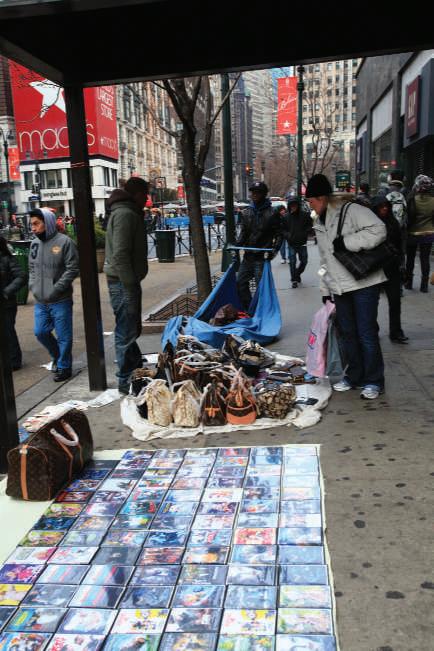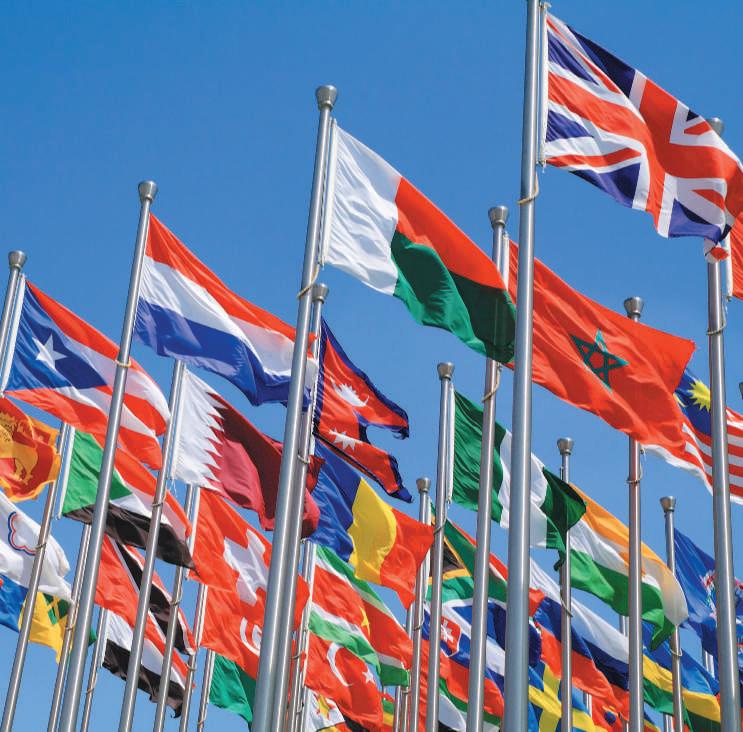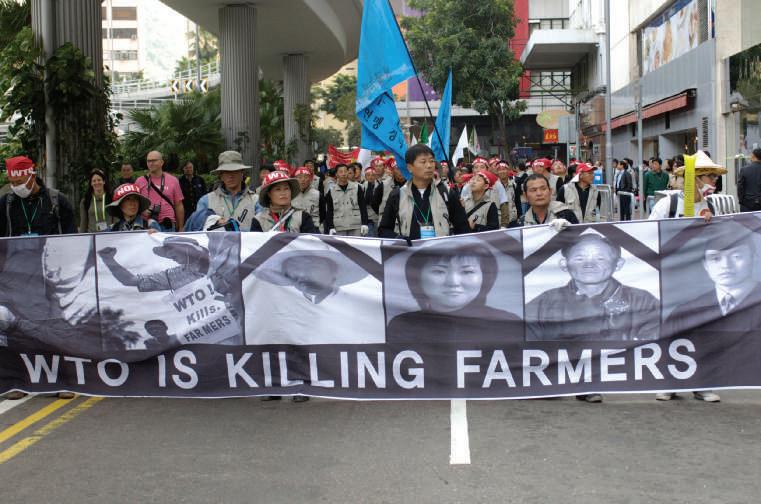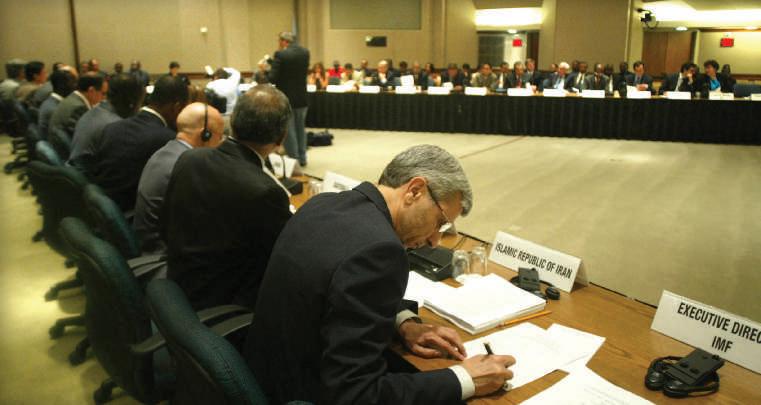C h ap t e r 6 T h e L e g al a n d P ol i t i cal E n v i r o n m e n t o f Glo b al B u s i n e s s
SHAWNTHEW/EPA/Newscom
158
Recalls due to product safety concerns. Product safety laws vary among countries requiring sellers to be keenly aware of the standards within the countries they sell to.
caveat emptor
“Buyer beware”; involves placing the burden of determining product safety on consumers
caveat venditor
“Seller beware”; involves placing on manufacturers/sellers of products the burden of making sure products are safe or at least clearly and explicitly warning consumers about the potential safety risks of said product
dispute settlement law
the law governing how disputes arising in the conduct of global business are settled
litigation
involves bringing a dispute to a publicly/governmentally run court of law for resolution
manufacturers and sellers operating essentially under a regime of caveat emptor or “buyer beware.” In such jurisdictions, the burden is placed on the buyers of products to determine their level of safety. For example, in certain more developing countries, such as Sri Lanka, Ukraine, and Pakistan, tobacco companies are free to sell tobacco products (cigarettes, etc.) more or less without any governmental interference or regulation. It is up to the buyers of such products to be “beware” of any health or other risks that might result from using these products. Other countries, the United States being one of them, have nearly moved to the opposite end of the product safety law spectrum, essentially adopting a regime of caveat venditor or seller beware. In such countries, the burden is placed on the manufacturers and sellers of products to make sure the products they sell are safe or, at least, to very clearly and explicitly warn consumers about the potential safety risks of said products. Thus, in the United States, for instance, sellers of tobacco and other products are required to explicitly warn consumers about their potential health risks. Manufacturers and sellers of products clearly need to be specifically aware of the different product safety law standards that exist in the countries where they operate.
6-4g Dispute Settlement Law Dispute settlement law is the law governing how disputes that arise in the course of global business are settled. For example, suppose two major international corporations, like IBM Corporation in the United States and Nokia in Finland, enter into a contract. There is then an alleged breach of this contract by IBM and Nokia wants to obtain redress for this breach. There are basically two ways to potentially resolve this dispute, a public option and a private option. The public option is to resolve the case through litigation, which means bringing the case to a public or government-run court of law to settle the dispute. Contracts between major international companies like IBM and Nokia likely contain clauses that specify
Copyright 2017 Cengage Learning. All Rights Reserved. May not be copied, scanned, or duplicated, in whole or in part. Due to electronic rights, some third party content may be suppressed from the eBook and/or eChapter(s). Editorial review has deemed that any suppressed content does not materially affect the overall learning experience. Cengage Learning reserves the right to remove additional content at any time if subsequent rights restrictions require it.









